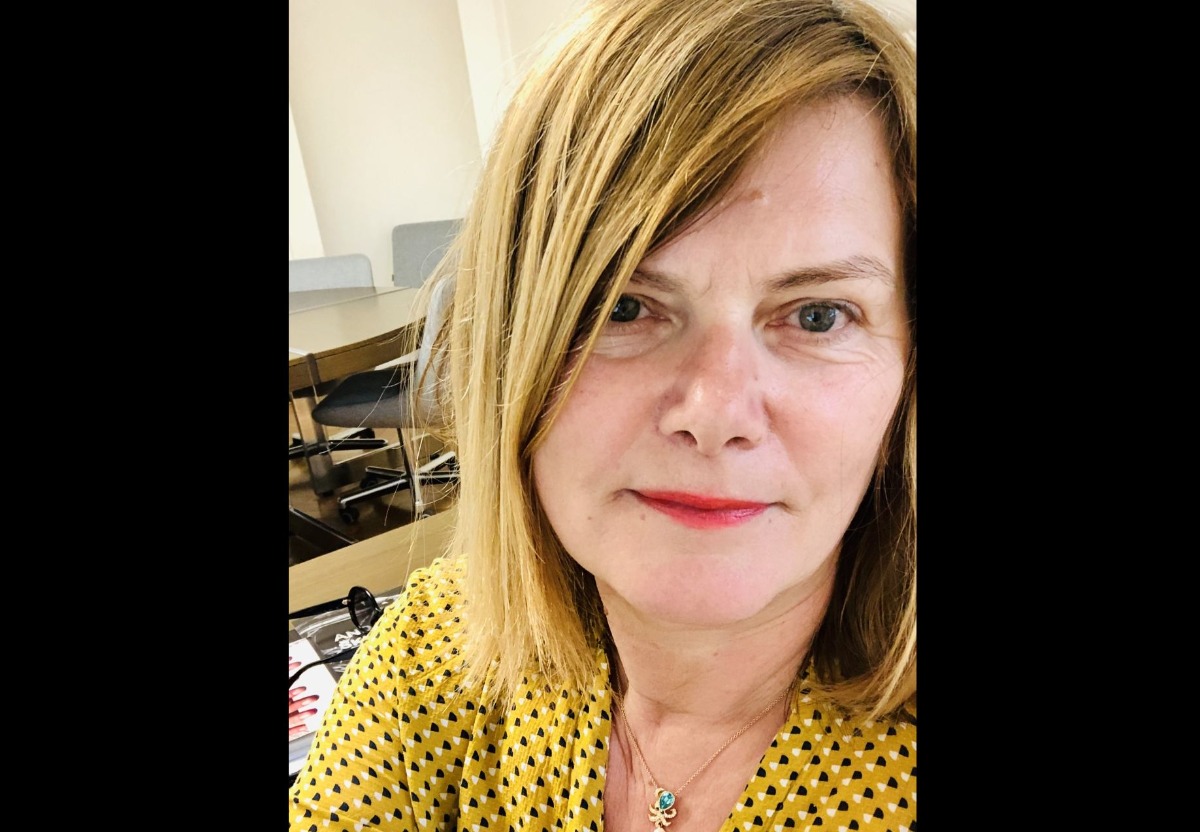
What the art world will be like in the future
The opinion of Nevenka Šivavec, Director of the Biennial of Graphic Arts, Ljubljana
Although COVID-19 restrictions in many countries are being relaxed – and streets begin to fill with people, national borders open up, and museums and art spaces begin to cautiously return to regular business – there are a number of cultural institutions and structures whose livelihood has been cardinally changed by the lockdown. It is clear that the world will never be the same as it was. This crisis has taught us two things: the ability to act and the need to support one another. We must become partners who have moved beyond competition, leaving all rivalry in the past. In this regard, Arterritory.com turns to the heads and managers of art institutions and structures with the request to share their thoughts and ideas of how this time has changed us and how we intend to move forward.
In the following express-interview, Nevenka Šivavec, Director of the Biennial of Graphic Arts Ljubljana, shares her opinions.
What does it mean to be on lockdown for the art biennial?
It is time for a thorough and deadly serious reflection on the purpose and mission of a biennial: why are we here, are we really relevant, and what do we contribute to the environment in which we work.
The post-pandemic situation is frequently being compared to the postwar period. What is the biggest challenge for art institutions now?
I hope that the usual scenario of post-catastrophic times will not happen as political and economic interests try to fully restore the previous situation and continue their ‘business as usual’. This also applies to the world of art: we are currently witnessing cancellations and rescheduling of biennials, which is understandable to some extent. On the other hand, however, such a ‘postponement’ could be seen as an opportunity or an excuse to put shows on ‘as usual’ but using works that address the situation in which we find ourselves. The biggest challenge for the art world and each individual art institution is change. It is, of course, easier to postpone than to modify and adapt a biennial to the moment. It is easier to imagine the end of the world than the end of the current art system.
It is easier to imagine the end of the world than the end of the current art system.
In an effort to save the art world, in London the curator Hans Ulrich Obrist mentioned Roosevelt’s ‘Federal Art Project’, while Manuel Borja-Villel, Director of Museo Reina Sofia, has called for a new ‘Marshall Plan’, and so on. What are some tools that could help artists and the art world survive?
In the time of socialist Yugoslavia, public architecture and the art that went with it held an enviably prominent position. With independence and the transition to a new socio-economic order, the previously legalised tradition of mandatory commissions for art projects was unfortunately broken. In Slovenia, we now have an amendment to the law on the mandatory share for art, which was adopted a few years ago and obliges investors at the state level to allocate a percentage of funds for art if the investment is worth up to ten million, or 1.25 percent if higher. There are very few such investments though, so it would be wise to adapt this law to the current situation and to oblige all major investments to the necessary share, thus increasing the number of commissioned artworks. In any case, it would be wise to employ artists as creative collaborators in the conception and implementation of large-scale projects (construction, infrastructure, environmental, social). And this should be done from the very beginning and not just in the marketing of their final material products.
It would be wise to employ artists as creative collaborators in the conception and implementation of large-scale projects (construction, infrastructure, environmental, social).
Do you have a vision of what the art scene will look like in the future? What will be the main shifts and to which direction will they shift?
The art world should be aware that there are parallel worlds of artists who have long since given up on the hierarchical, vertical and impenetrable system of art and its institutions, and have sought refuge, communication channels (as well as a market) in virtual and real micro environments, or have become well camouflaged in an environment of pop culture, advertising and design.
This is the future of art. This is where the most interesting things are happening.